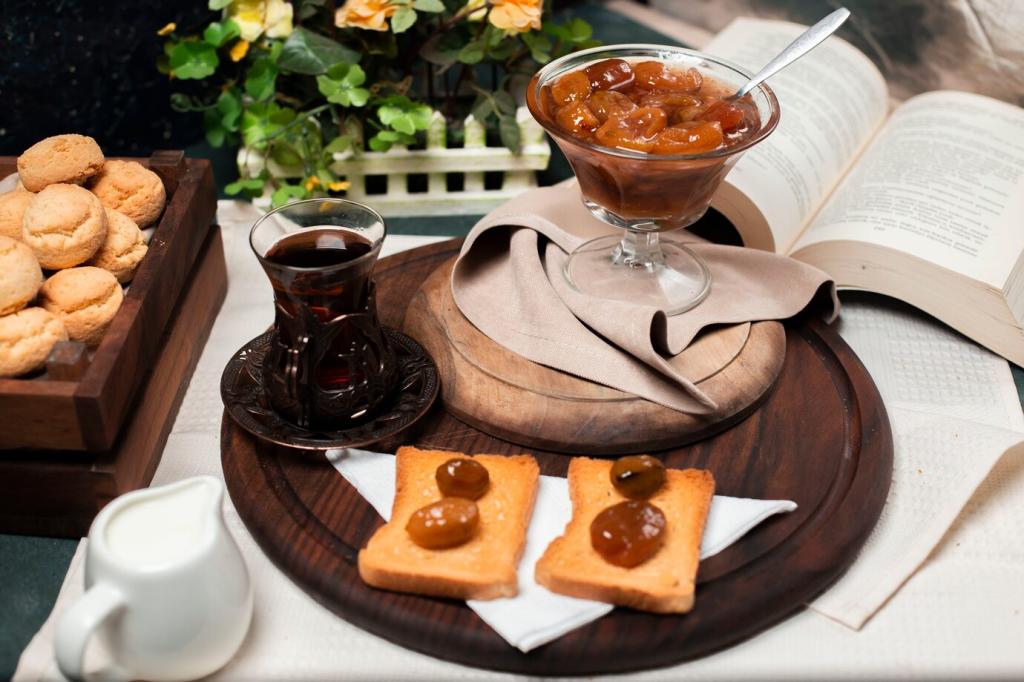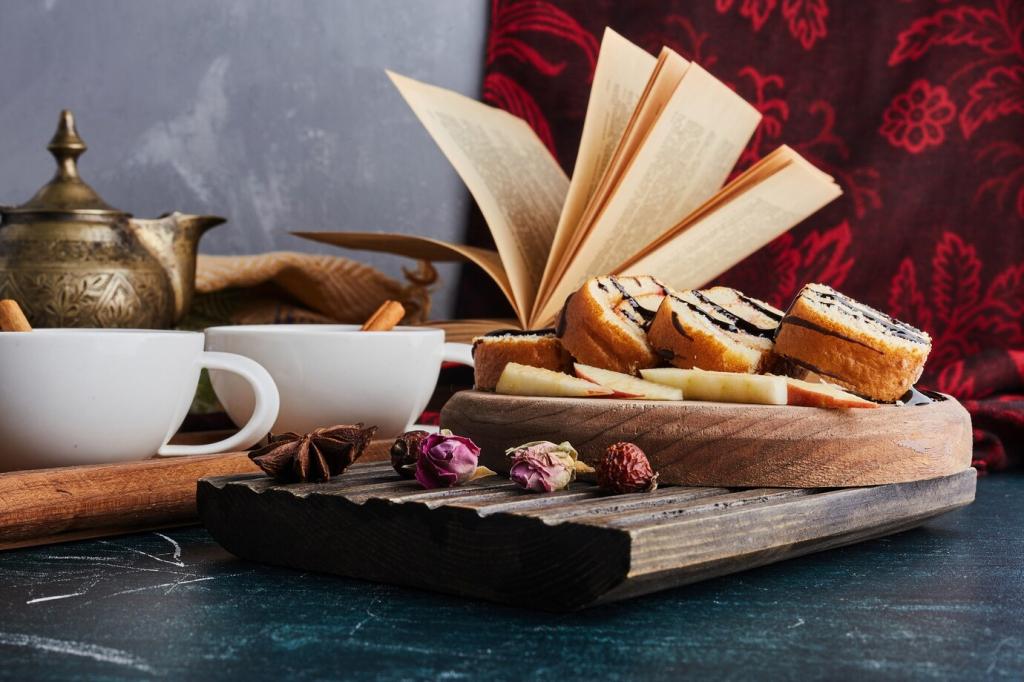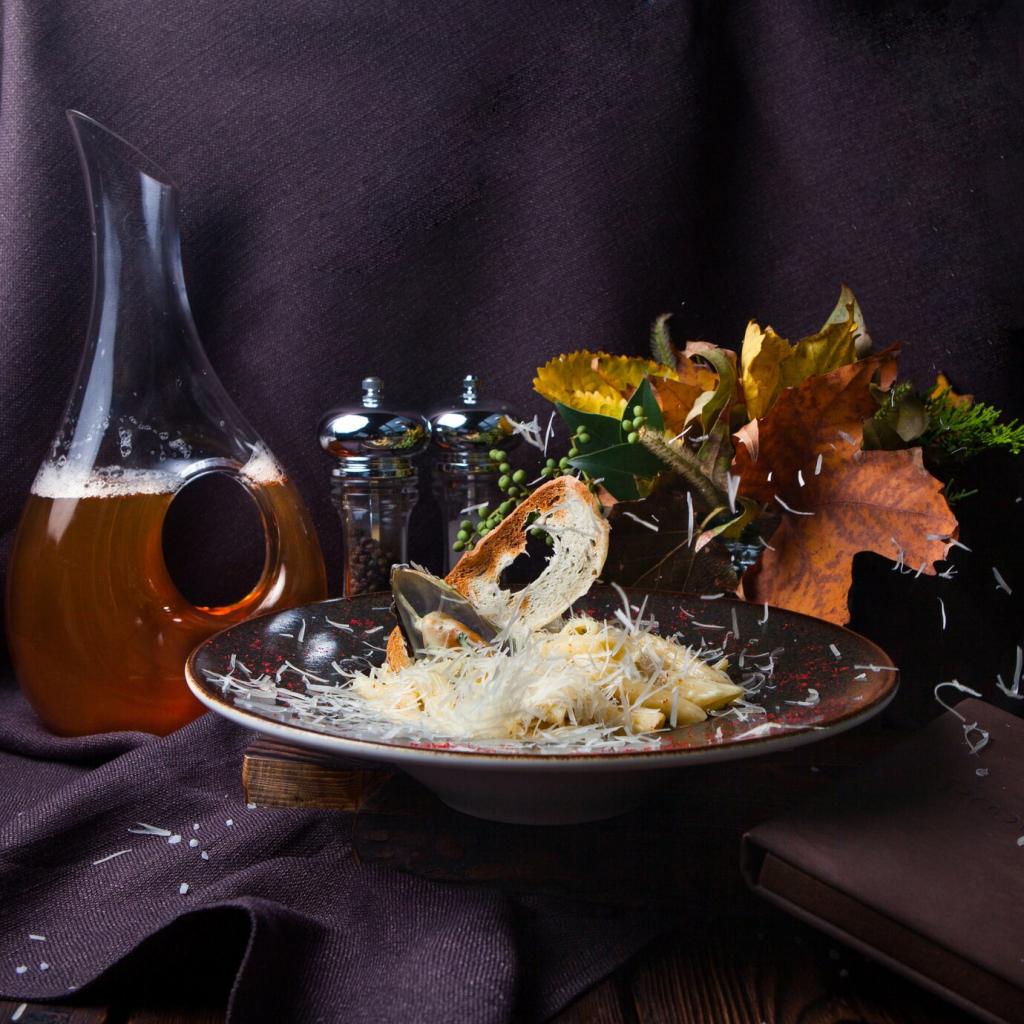Savoring Stories: Why Food Scenes Matter
Think of Proust’s madeleine: a crumb that unzips time, releasing scent, childhood, and place. When food appears in literature, it becomes a trigger—unlocking histories the mind forgot but the palate preserved.
Savoring Stories: Why Food Scenes Matter
A character’s plate often whispers truths their dialogue won’t. Frugal bread crusts, extravagant truffles, or a late-night fried egg tell stories about class, desire, shame, and secret hungers.








